How to Set A Custom Background to New Tabs in Google Chrome
There is a certain category of users that prefer customization options over anything else. Google Chrome is undoubtedly one of the most secure and stable browsers currently on the market. It has by far the highest market share, but one of the main reasons why some users prefer other browser alternatives is because Google Chrome didn’t have enough customizing options to satisfy their needs.
Well, starting with Chrome version 68, this changed for the better because de developers introduced a set of new customization options. Among other things, you can now change the default background of the New Tabs you open without the use of an extension.
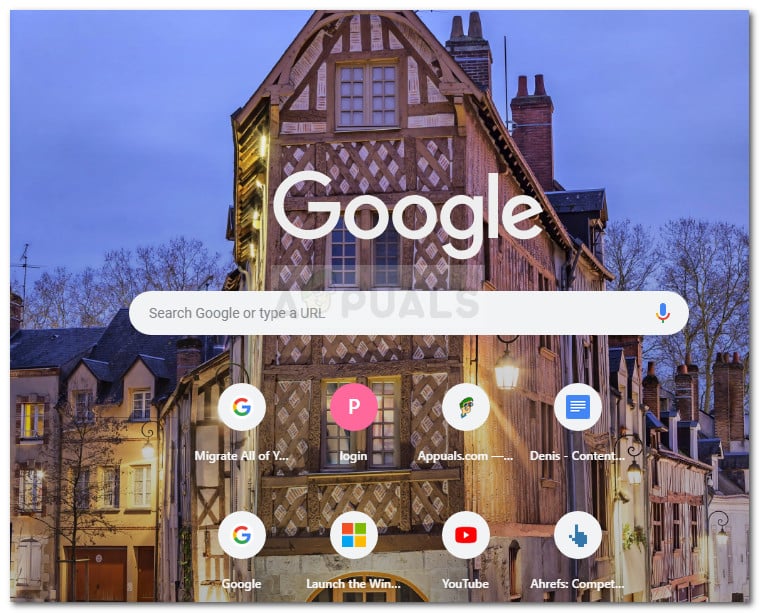
However, this procedure is not straightforward all since the feature isn’t enabled by default. So chances are you won’t discover how to do this without proper guidance. Because we are always looking to help our readers, we created a step-by-step guide that will help you change the background of Chrome’s New Tab pages using a built-in method. For posterity, we’ll also include a guide on doing this with a Chrome extension.
Let’s begin!
Method 1: Changing the background of New Tab pages using Chrome’s built-in way
We should start by letting you know that this feature is not enabled by default. Since it’s still in the experimental phase, the developers decided to keep it hidden for the wider audience. But, as far as we know, there have been no reports of any instability occurrences caused by custom new tab backgrounds.
Without further ado, follow the steps below to enable a couple of options that will allow you to set custom backgrounds to your new tab pages in Google Chrome:
- Open Google Chrome and type “chrome://flags/” in the address bar at the top of the application and press Enter. This hidden settings tab contain a suite of experimental features.

Accessing Google Chrome’s Experimental Features - Scroll down through the list and locate the Enable using the Google local NTP option. Once you get there, change the default drop-down menu associated with it from Default to Enabled.
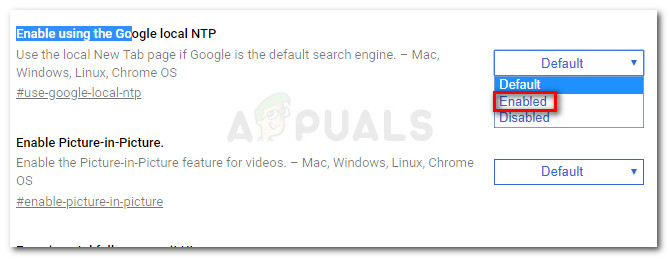
Enabling the usage of Google local NTP - Next, search through the list again and locate New Tab Page Background selection. Just the same as before set the drop-down menu associated with it to Enabled.
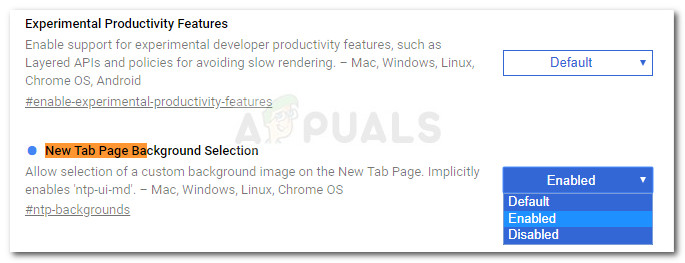
Enabling new page background selection - Once both settings have been enabled, you should see a blue prompt at the bottom of the screen, telling you to restart. Do so by clicking the Relaunch now button to restart Google Chrome.

Relaunch Google Chrome - Once your browser is relaunched, simply open a new tab and click the gears icon in the bottom-right section of the screen.
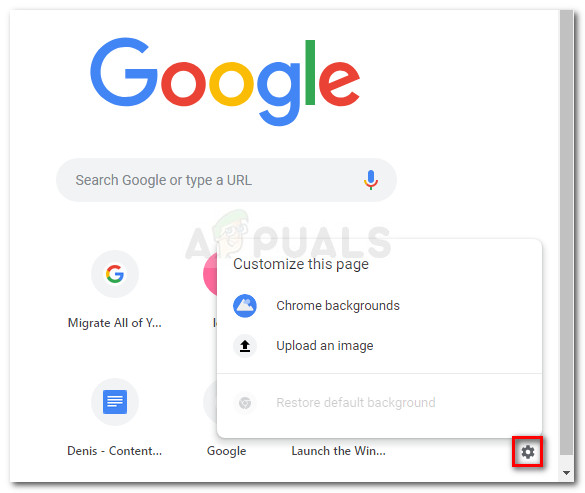
Open a new tab and click the settings icon in the bottom-right corner - Once you get here, you have two choices. You either click on Chrome backgrounds and choose from Google’s selection of stock images fetched from Google Photos, or click on Upload an image and upload your own background.

Choosing a custom background for new tabs - If you get bored at any point and wish to revert to the default background, simply access the same settings menu again and click on Restore default background.
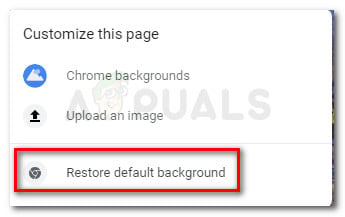
Restore default background for New tabs
Method 2: Changing the background of New Tab pages using a Chrome extension
If you don’t want to change settings on Chrome’s experimental features menu, there’s also an extension that will allow you to change the background of New Tabs just the same.
The procedure of mounting a custom background with the Custom New Tab Background is pretty straightforward, but the downside to this method is that you won’t be able to browse through Google’s selection of backgrounds. Even more, you are not permitted to upload an image that is larger than 5 MB.
If you decide to use the Custom New Tab Background extension to change the background of the new tabs that you open, follow the steps down below:
- Visit this link (here) and click on Add to Chrome to install the extension.
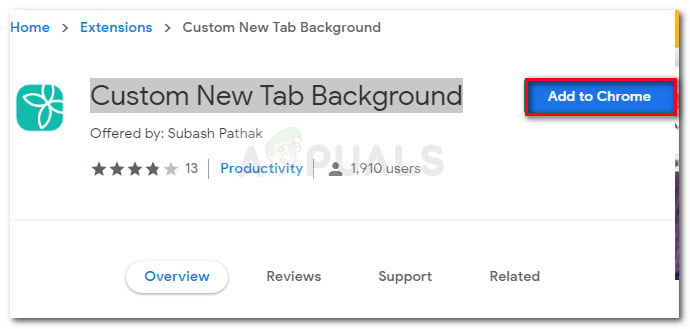
Adding an extension to Chrome - Confirm the installation of the Custom New Tab Background extension by clicking on Add extension.
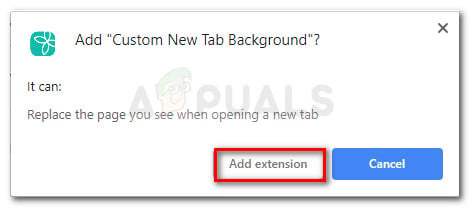
Confirm the installation of the extension - Once the extension has been installed, open a new tab. If you are prompted that an extension has altered the default behavior, click on Keep these changes.
- In the new tab, click the small icon in the top-right corner.

- This will open up a window in which you can browse your computer files and select a custom background that you can use for your New Tabs. Once you set the custom image, it will appear on every New Tab that you will open in the future.
- If you ever decide to get rid of the extension, simply type “chrome://extensions/” in the bar at the top and hit Enter. Then, in the Extensions tab, locate the Custom New Tab Background extension and click the Remove button.

Removing the Custom New Tab Background extension





